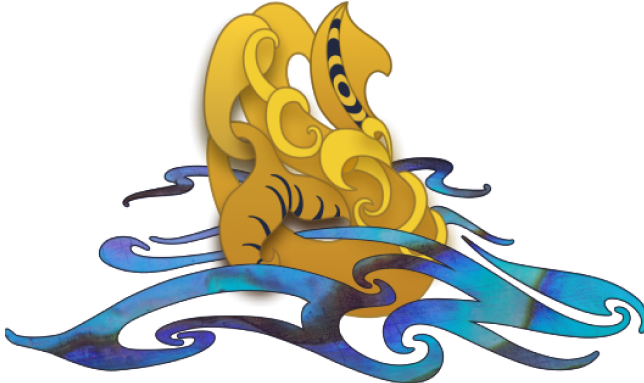-
Benefits of the collective
There are a number of benefits to working collectively rather than individually. As individual organisations funders may select individual grantees that offer the most promising solutions, however, when working as a collective, social problems arise from the interaction of many organisations within a larger system.
Working in isolation means grantees work separately and compete to produce the greatest individual impact however as a collective progress depends on working towards the same goal and measuring the same things.
Evaluation attempts to isolate a particular grantees impact on large-scale change depends on scaling a single organisation whereas for a collective large-scale impact depends on increasing cross-sector alignment and learning among many organisations.
Another benefit to working collectively is that corporate and government sectors are seen as essential partners, a shift is from disconnection when working in isolation.
-
Mutually reinforcing activities
Mutually reinforcing activities are important to the collective to be aware of the contribution each member of the collective is making towards achieving our goals.
The cooperation of all members of the collective has resulted in Te Ngira arriving at a set of mutually reinforcing activities. These activities clarify a clear set of strategies, transparency in the approach and a willingness to adapt.
The collective is performing a series of Whānau focused activities for the development of life skills, job skills, employment placement and capacity building.
Achievements
Strong internal communications
Connection of Whānau with other services which are not just income-related
Positive employment outcomes for Whānau
Positive connections of Whānau to education
Connection of Whānau back to their tribes
Large number of Whānau identified and engaged
Connection of urban Māori to their Iwi
New jobs for Collective staff
Whānau success stories and role models
Whānau Tahi usage and reporting
Improved Whānau financial independence
Whānau-centric (and goal-centric)
Leading New Zealand as a Collective (thought leadership)
Broadened scope of services provided
Collective partners work closely together
Integration across services
4 Iwi providers and 4 urban Māori providers
New relationships and discussions
Streamlined systems
Technology and knowledge sharing
Crisis support for Whānau
Increased training opportunities for staff
Benefits of the collective
A New Way of Thinking about Working Together:
Collective Impact requires a new way of thinking about working together. These key messages are critical to the success of Te Ngira Collective
Common Agenda
Te Ngira has a shared vision for change, including a common understanding of the problems and a joint approach to solving it through agreed upon actions.
Back Bone Support
Successful Collaboration with members of Te Ngira will occur within a support infrastructure with specific skills.
Shared Measurements
Using a standardized tool and a range of indicators across all members of our Collective Te Ngira will measure for success.
Mutually Reinforcing Activities
Te Ngira members do what they are good at, in a way that reinforces what everyone else in the Collective is doing.
Continuous Communication
Te Ngira keeps talking to everyone, using a variety of channels, including face-to-face meetings.
Partners











